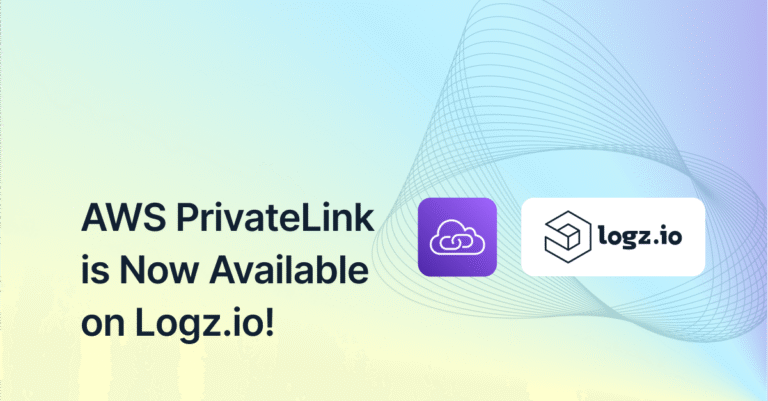
Completing the Kubernetes Monitoring Puzzle
March 27, 2024

Kubernetes has changed the way many organizations approach the deployment of their applications. But despite its benefits, the additional layers of abstraction and reams of data can cause complexity around Kubernetes monitoring.
We’ve seen so much of these challenges borne out in the results of the 2024 Observability Pulse survey. In the survey report, 36% of respondents say Kubernetes poses a challenge, and just 10% of organizations say they have full observability into their environments.
In many cases, not having users with the right knowledge is the problem—48% said a lack of knowledge among the team was their main observability challenge. It’s also noted that over 80% of respondents are seeing MTTR for production incidents at over an hour.
Teams responsible for managing Kubernetes environments need to understand the full scope of these monitoring issues and the best ways to tackle them, both through technical expertise and the right technology and processes.
We covered these topics and how Kubernetes 360—part of the Logz.io Open 360™ observability platform—can help solve these monitoring challenges in the webinar “Completing the K8s Monitoring Puzzle.” Watch the replay of the webinar below:
Kubernetes Complexity Explained
Why is Kubernetes monitoring so complex? We often hear the following from users:
- There are too many default metrics from kube-state, node-exporter and Cadvisor. The many “puzzle pieces” created by K8s leads to deepened complexity and difficulty for understanding the full picture.
- The ephemeral nature of pods creates additional cardinality.
- Teams lack visibility into correlating between K8s objects and underlying applications.
These issues mean users are often left to try and solve them on their own, or they have to spend their limited time and resources evaluating managed solutions. And those solutions can have issues around implementation, correlation, scalability and cost.
Kubernetes produced a lot of data, and when considering a managed solution, it’s critical to understand what data is useful and what isn’t. Understanding your cardinality is critical—this allows you to control your data volumes and thus effectively manage your Kubernetes costs.
We suggest customers ask themselves these three questions:
- Am I receiving all of the information I need?
- Am I only paying for the data that’s important to me?
- Am I able to cap data shipped if there is a sudden spike?
How Kubernetes 360 Helps Reduce K8s Complexity
During the webinar, we went through a specific use case with a high number of pod container restarts in our Kubernetes environment. Using Kubernetes 360, you can get a view of the pod that is causing the restarts and drill into metrics and see that spikes in pod memory are correlated to the recurring restarts.
Through Kubernetes 360, we could determine that a deployment marker was showing the cause of a number of cache misses, causing the restart problem.
We also showed the full breadth of what Kubernetes 360 can provide to customers to cut down their monitoring challenges. Customers can get the holistic view of their environment that they need through Kubernetes 360 by looking at the node, cluster or pod level they desire. At the node level, you’ll get a full overview of its state, as well as status, CPU, memory, restarts, log error rate and security risks.
With Kubernetes 360, you can get a full view of your logs, metrics and tracing data in Kubernetes and simplify the process of monitoring—which is typically a very difficult puzzle to complete.
Want to see how Kubernetes 360 can help you solve your Kubernetes monitoring challenges? Sign up for a free trial of the Logz.io Open 360 observability platform today.




